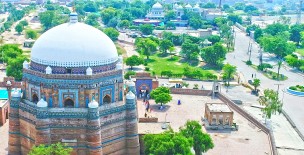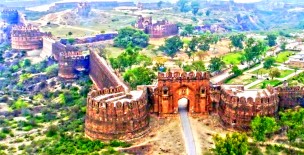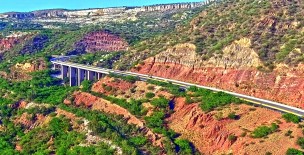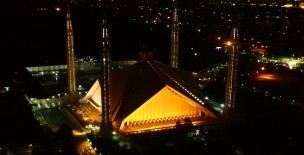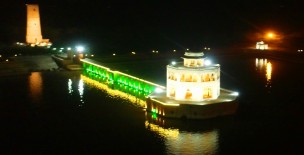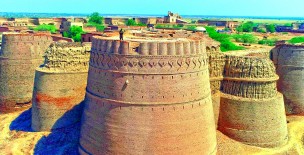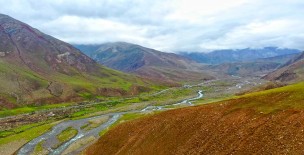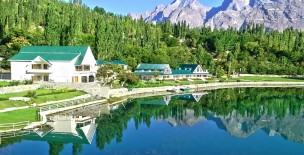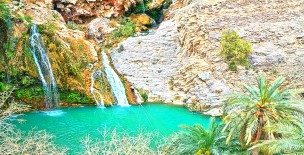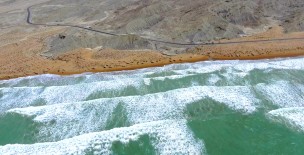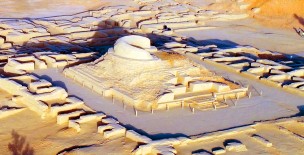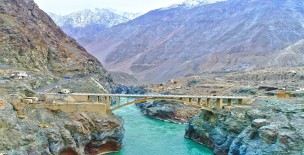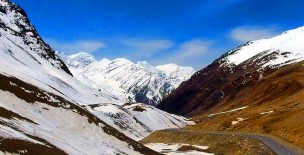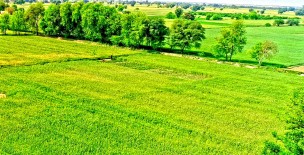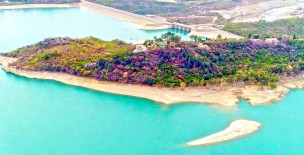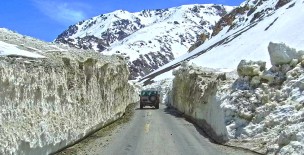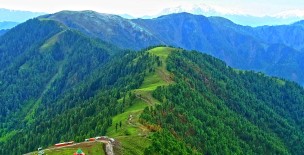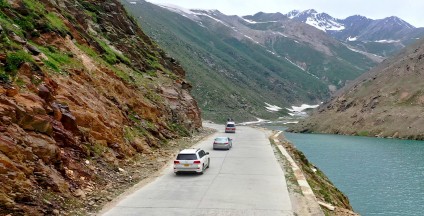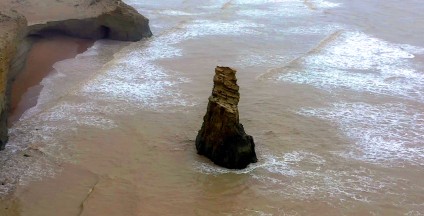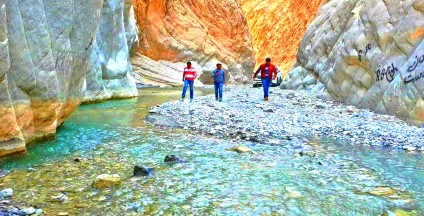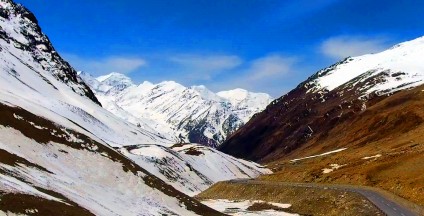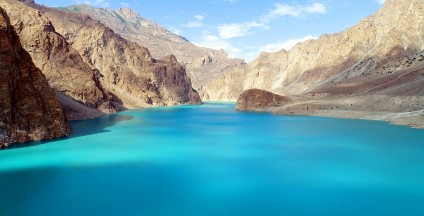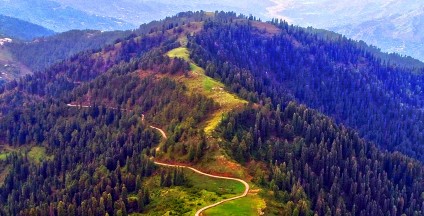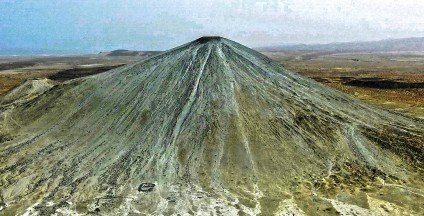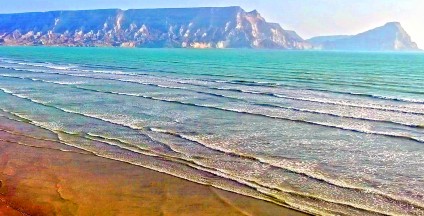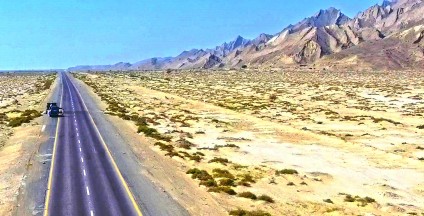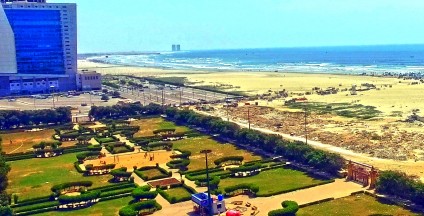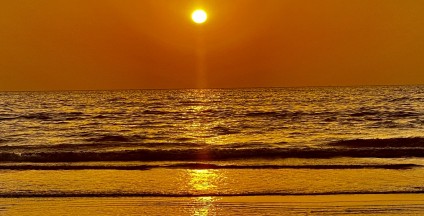The Margalla Hills is a hill range which is part of the Himalayan foothills located within the Margalla Hills National Park, north of Islamabad, Pakistan.
The Margalla range has an area of 12,605 hectares. The hills are a part of Murree hills. It is a range with many valleys as well as high mountains.
On 6 January 2012, after almost six years, Pir Sohawa, the city's highest tourist spot, received a few inches of snowfall. Another measurable snow event occurred on 11 February 2016 where 2 inches fell after four years.
According to the research carried out by scientists and archaeologists of the project "Post-Earthquake Explorations of Human Remains in Margalla Hills", the formation of the Margalla Hills dates to the Miocene epoch.
The dominant limestone of the Margalla is mixed with sandstone and occasional minor beds of shale. The archaeologists of the project have also found two human footprints over one million years old here, preserved in sandstone.
There are around 250 to 300 species of plants on the Margalla hills. As many as two-thirds of them are used by the people for their medicinal effects to treat or cure various diseases.
The Margalla Hills are home to various species of wildlife, including monkeys, exotic birds and carnivores such as the rare and presently endangered Margalla leopard.
Much less common are leopards, which occasionally come down from the Murree area but usually remain high up in the hills. Villagers dwelling in the Margalla hills do report sighting of leopards off and on.
High diversity of birds in the Margalla hills is due to the combination many ecological components that together make it a unique location. No other Pakistani location could come even near in the number of species seen.
As a result of a series of faunal survey of the park, 54 species of butterflies, 37 species of fish, 9 species of amphibians, 20 species of reptiles, 380 species of birds, 21 species of small mammals and 15 species of large mammals have so far been recorded.
Punjab & Islamabad - Margalla Hills - Islamabad
Related Videos
Leave a Comment:
For comment please login first: Login here

